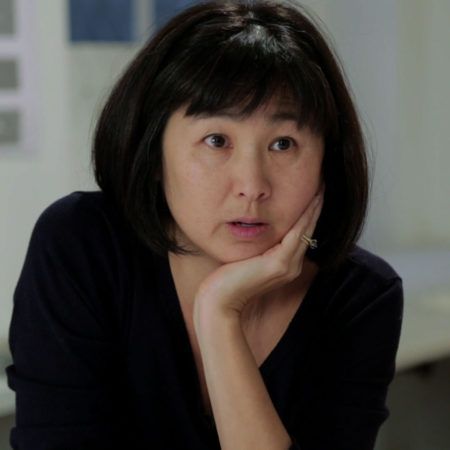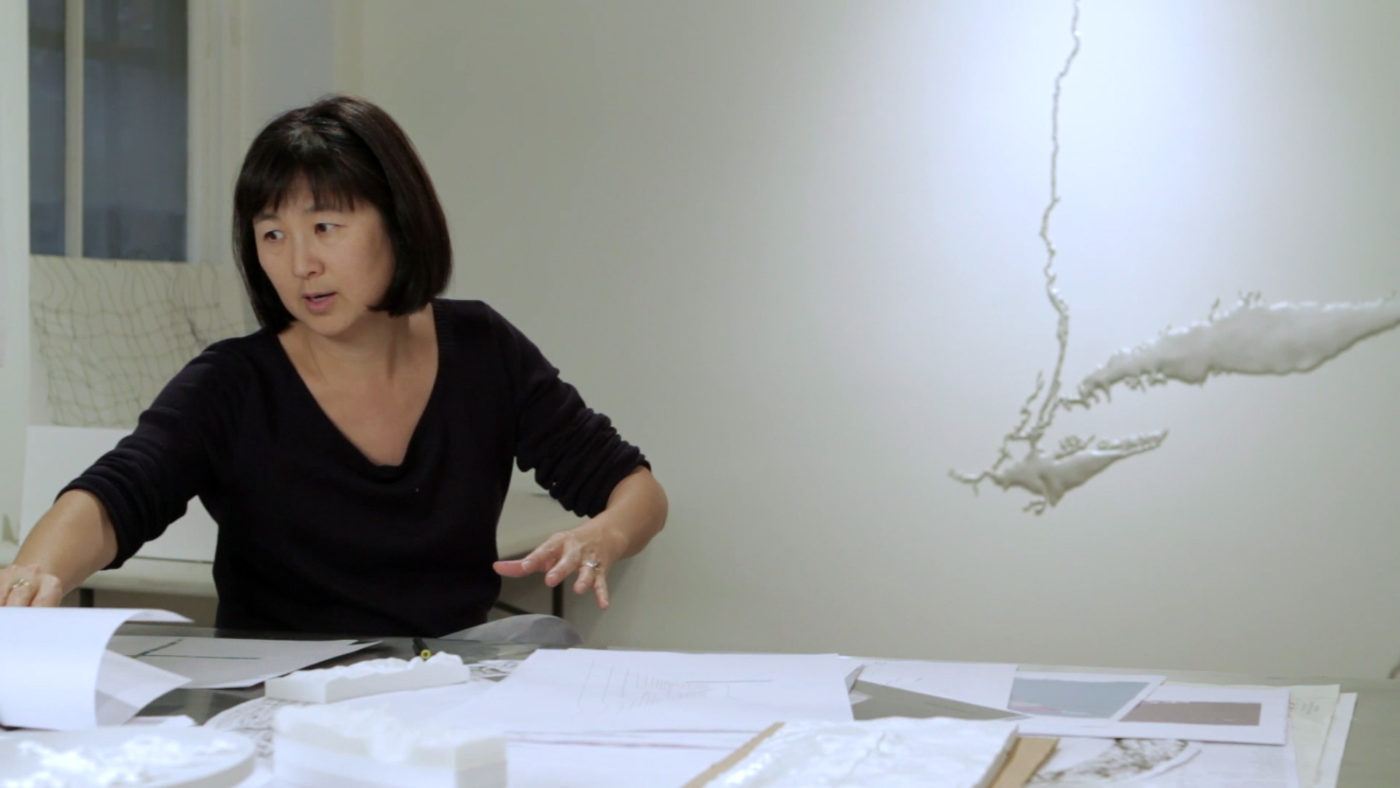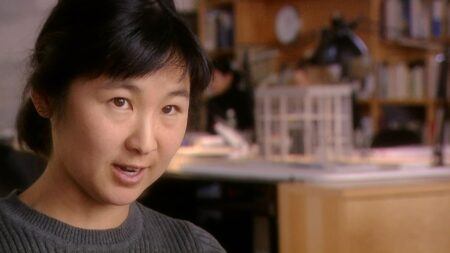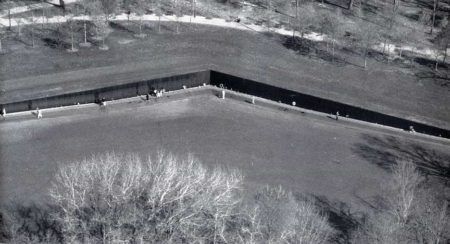Maya Lin

Maya Lin was born in 1959 in Athens, Ohio, and currently lives and works in New York City. She attended Yale University, where she received her bachelor’s degree in 1981 in art and architecture and her M.Arch. in 1986. Trained as an architect and an artist, Lin’s work encompasses memorial designs, architectural works, and large-scale environmental installations. Using water and natural landscapes as a throughline between her disparate practices, Lin’s work touches on themes of memory and time, exploring how we experience and relate to our environment and surroundings.
While an undergraduate student at Yale University, Lin submitted the winning design in a national competition for a Vietnam Veterans Memorial to be built in Washington, DC. In 1982, Lin constructed the memorial, a design involving two black granite walls placed below grade as if splitting the earth in two. The artist engraved the names of the men and women who lost their lives in the war, inviting viewers to touch and feel the names. “I think monuments, unlike artworks, are a blending of art and architecture,” Lin says. “They have a function, but their function is for the most part purely symbolic, so they’re in between.” In addition to designing the Vietnam Veterans Memorial, Lin also designed the 1989 Civil Rights Memorial in Montgomery, Alabama. The memorial, reminiscent of a sundial, features a black granite table with water flowing from the center across a timeline. Through her material choices and attention to the sites she works in, Lin’s memorial designs create spaces for thinking and reflection, activate the surrounding environment and ground historical events in the present.
In addition to her practice as an architect, Lin also creates land-based installations, sculptures, and drawings inspired by her interest in water, geology, and nature. In Wave Field (1995), the artist studied different naturally occurring wave patterns and imitated their shape, size, and ripple formation using soil and grass. In other works, such as Water Line (2006), the artist suspends wire from the ceiling to represent the topography of the ocean floor. In her series Disappearing Bodies of Water (2013), Lin creates marble-cut sculptures that highlight the erosion of bodies of water such as the Arctic Ice Shelf, Lake Chad, and the Aral Sea. “We never even think of the earth underwater. It’s out of sight, it’s out of mind,” Lin states. “Some of the most amazing land formations are invisible to the human eye, and I’m really interested in exploring that.” Whether working with environmentally concerned sculpture and installation or with architecture and memorial design, Lin creates a body of work grounded in land, nature, and its surrounding environments.
Videos 4
-
Maya Lin





